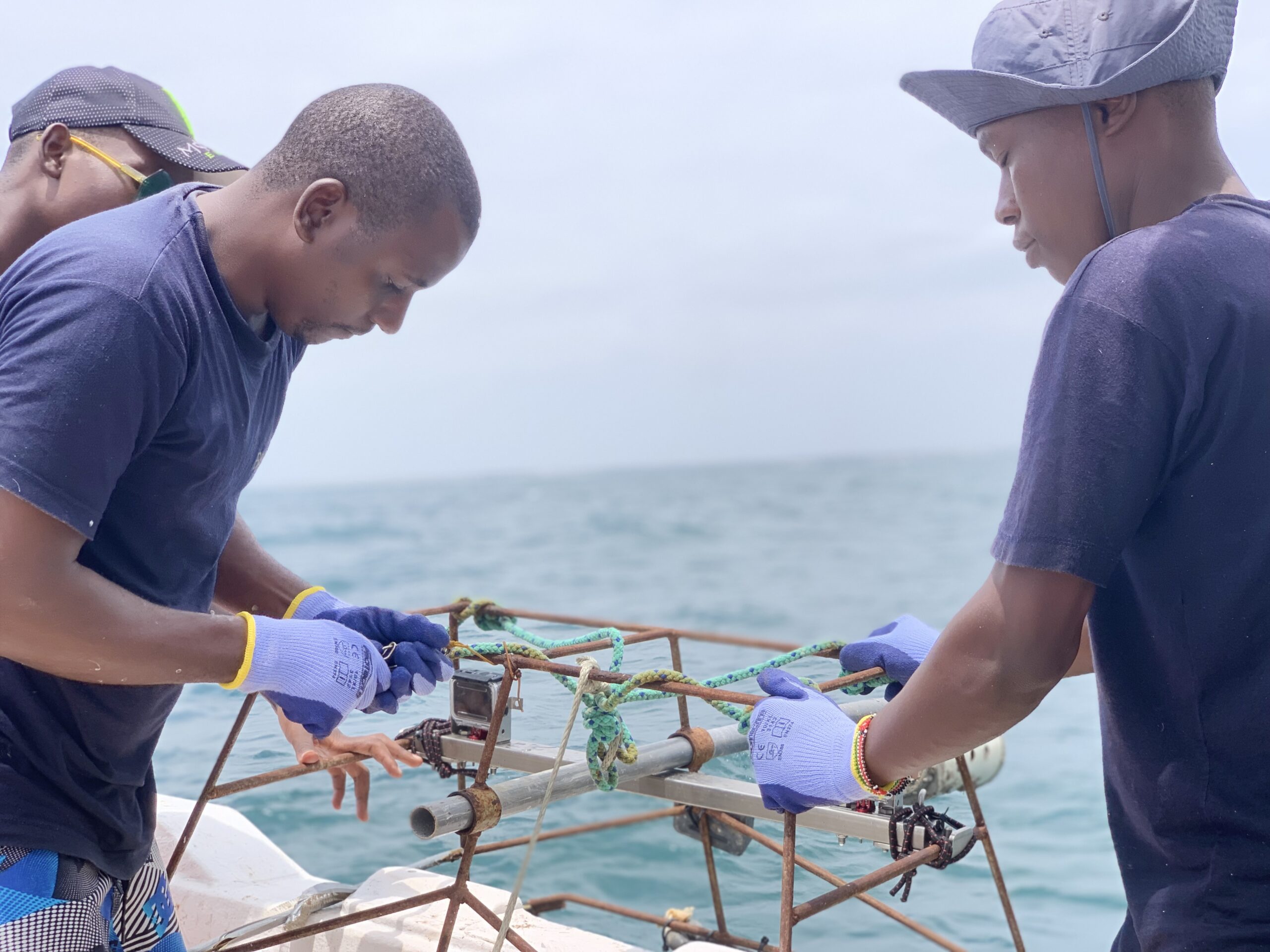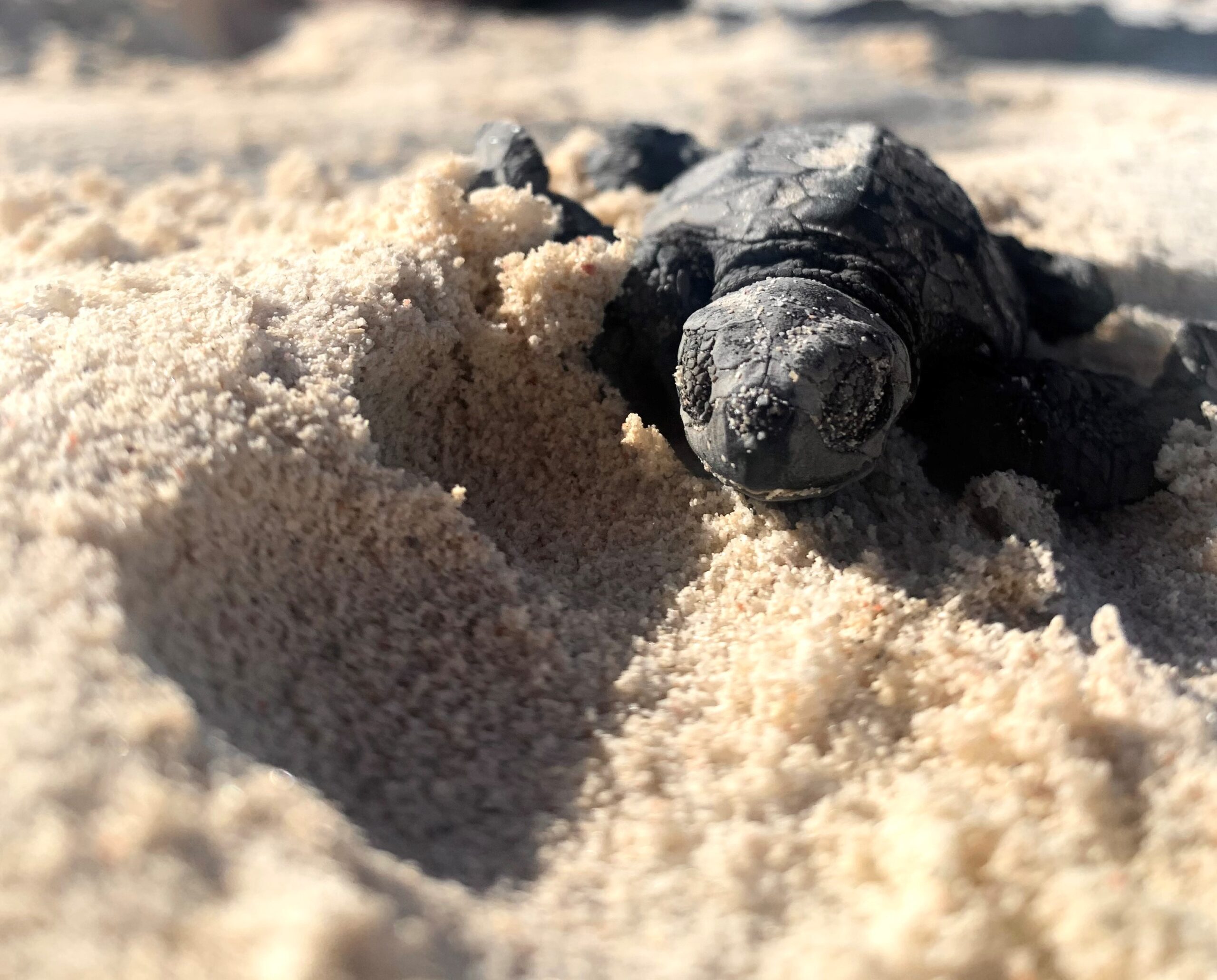Status of mangrove degradation in Mida Creek mangrove ecosystem
In October 2022 we participated in assessing the the status of mangrove ecosystem degradation in Mida Creek, which was led by WWF Kenya and done in collaboration with other stakeholders. We hope this assessment and report will help guide interventions and resources aiming to protect and enhance the mangrove ecosystems of Mida Creek.


The status of mangrove degradation in Mida Creek was generally moderate to less degraded with major threat being illegal harvesting for the purpose of building materials (poles and sometimes withies) and firewood. Bait harvesting for fishing purposes was observed as an emerging threat to the mangroves. Mida-Creek ecosystem exhibited little disturbance hence registering moderate to low degradation status especially in the central to western parts adjacent to Sudi-Island. For restoration activities in Mida Creek, about 276ha of degraded area was identified for restoration with the following being recommended; assisted planting (12.3ha), enrichment planting (48.6ha) and natural regeneration (215.6 ha). However, enrichment planting may be required in some sites.
The most common mangroves species identified in Mida Creek were; Rhizophora Mucronata, Avicennia marina, Sonneratia alba, Ceriops tagal and Bruguiera gymnorhiza. Most restoration plantings observed were for Rhizophora Mucronata and Ceriops tagal typically planted at mudflats and thus prone to being washed away by constant tidal inundation as well as being starved of oxygen resulting in low survival rates. Some enrichment planting of Avicennia marina zones with Rhizophora Mucronata within the sand flats were also observed. Most of the sites in Mida Creek had not changed from the baseline status of 2018 used in this mapping exercise. Mida Creek area is among the 46% (24,924 ha) of all mangroves in Kenya that are within protected areas hence protection and enforcement largely through patrols in the area might play a part in the intact state of the mangroves.
There were several ongoing mangroves restoration initiatives in Mida Creek being conducted by NGOs/CSOs/CBOs i.e. COBEC, Eden Reforestation Trust, the Rotary Club of Malindi branch etc. guided by government agencies i.e. KEFRI, KFS and KWS. Better coordination of the restoration initiatives will ensure a much more sustained impact for the benefit of both the community and biodiversity therein. It is apparent that the choice of site and planting of the right species at the right time is key. This would require expertise knowledge through quarterly monitoring and evaluations using a team from key departments during the lifetime of the project.
Report Recommendation
- Alternative livelihood support programmes for the adjacent community to assist in reducing pressure on illegal harvesting are necessary.
- Bait harvesting in Mida creek that is frequently done in this area of the mangroves has a negative impact of destabilising sediments and therefore causing uprooting of mangroves particularly Sonneratia alba and sometimes Rhizophora mucronata species. To reverse this situation, there is need of alternative fishing baits in Mida creek.
- Exploration of alternative fodder generation or sources may also be necessary to reduce the pressure emanating from livestock grazing. Focus on behavioural change although long-term is necessary to securing the future of the mangrove ecosystem of Mida Creek.
- There is need for proper training, capacity building and awareness creation that will focus on Community-based Mangroves ecosystem restoration and management as well as monitoring with a target of establishing citizen scientists and conservation champions. Coupled with the alternative Income Generating activities (IGAs), targeted awareness on the value and need for protection and sustainable management of the mangrove areas amongst all levels of the society will be key to ensuring that the emerging threats’ trends are reversed.

